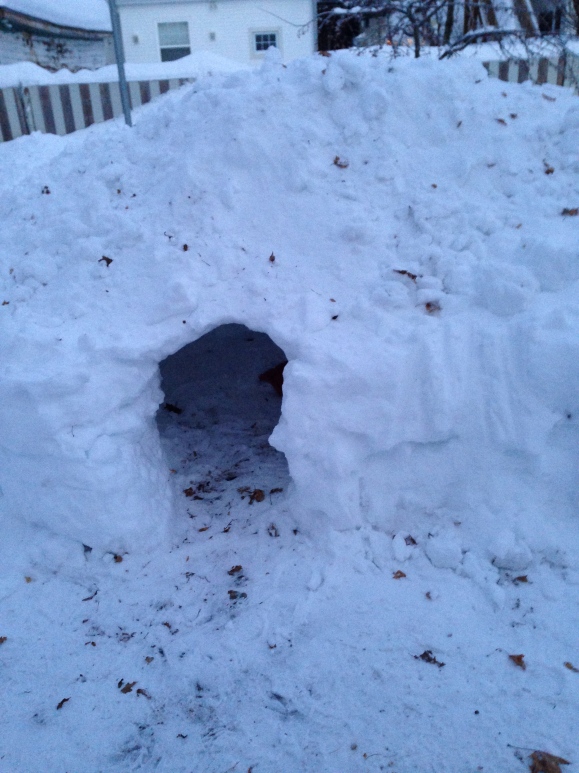“Atrocious” is the adjective that Canada’s central banker, Stephen Poloz, chooses in order to characterize the effects of low oil prices on the Canadian economy in the frigid months ahead. Sort of like the weather, which is, on the East Coast, equally vile.
Four-hundred-some-odd centimeters of the white stuff alighted on fair Moncton this winter. A good 350 cms of it still perches stubbornly on the ground. The long-range forecast calls for another 40 in the days ahead, bringing us right into daffodil season. It’s a safe bet we’ll beat our 1974 record and top the scales at more than 18.5 feet of dirty, frozen water before the deluge is finally over. If it will be over.
Atrocious, indeed.
I’m taking safe bets that the last of Moncton’s cheerless snow mountains will not be gone before Canada Day, and while the rest of the country celebrates the arrival of summer by beach-combing with ice-cream cones, we’ll be repurposing our shovels as snowboards (having abandoned our gardens to the inevitable effects of short- and long-term climate change).
Oil and gas production, we are told, has something to do with this anomalous circumstance. As David Suzuki writes in a recent blog post, “Rising average temperatures do not simply mean balmier winters. Some regions will experience more extreme heat while others may cool slightly. Flooding, drought and intense summer heat could result.”
He’s kidding, right?
In fact, according to the United Nations’ International Panel on Climate Change, he’s onto something. It writes: “Each of the last three decades has been successively warmer at the Earth’s surface than any preceding decade since 1850. The period from 1983 to 2012 was likely the warmest 30-year period of the last 1400 years in the Northern Hemisphere, where such assessment is possible (medium confidence). The globally averaged combined land and ocean surface temperature data as calculated by a linear trend show a warming of 0.85 (0.65 to 1.06) °C 2 over the period 1880 to 2012, when multiple independently produced datasets exist.”
So what accounts for this (and last) winter’s brutal encroachment into spring along the northeastern seaboard of North America?
Blame it on the “polar vortex”. Here’s what Discovery.news.com has to say about the lately observed phenomenon:
“Some researchers suggest that. . .kinks in the jet stream that allow. . .cold air to spill out could actually become more common in a warming world because of changes to the environment where that cold air originates – the Arctic. Rutgers University sea ice researcher Jennifer Francis was one of the first to suggest a link between the steady decline of Arctic sea ice caused by warming and the extreme twists and turns that the jet stream – the fast-moving river of air miles up in the atmosphere – can take northward and southward. (At the same time that a dip in the jet stream sends polar air southward, a corresponding ridge can push warmer conditions up into the Arctic.)
“The idea is that as white, reflective sea ice has been increasingly melting to lower and lower areas in the summer, there is more dark, open ocean that can absorb the sun’s rays. As sea ice begins to reform as fall progresses, the water releases that heat into the atmosphere. That added heat could be pushing atmospheric patterns in a way that destabilizes the polar vortex.”
Lovely! Or is the proper word “atrocious”?
In any case, the oil and gas chickens in this country may have finally come home to roost. I’m buying a Canada Goose parka in July, when Moncton’s snow mountains of 2015 might just be gone – just in time for winter.
